Museo de Arte Contemporáneo de Alicante, Alicante | Art Museum Guide

Source: Joanbanjo, Museo de Arte Contemporáneo de Alicante, Wikipedia, https://commons.wikimedia.org/wiki/File:Alacant,_Museu_d%27Art_Contemporani_d%27Alacant_(MACA).jpg
The Museo de Arte Contemporáneo de Alicante is a distinguished art museum located in the heart of Alicante’s historic center. Housed in a beautifully restored 17th-century building, it stands as one of the city’s most important cultural landmarks. Founded in 1976, the museum was established to preserve and showcase the exceptional art collection donated by renowned Spanish artist Eusebio Sempere. Today, it offers visitors an inspiring journey through modern and contemporary art, featuring works from both Spanish and international masters.
The art museum is celebrated for its remarkable permanent collection, which includes over 800 works by iconic artists such as Picasso, Dalí, Miró, and Chillida. Sempere’s own geometric and kinetic creations hold a central place, highlighting his innovative approach to form, light, and movement. Alongside the permanent displays, the Museo de Arte Contemporáneo de Alicante also hosts temporary exhibitions, cultural programs, and interactive installations, ensuring there is always something new to experience.
Its blend of historical architecture and modern design, combined with its focus on accessibility and community engagement, makes the museum a must-visit for art enthusiasts. Positioned near other key attractions, it offers an enriching addition to any cultural itinerary in Alicante.
Historical Background Of The Museum
The Museo de Arte Contemporáneo de Alicante has a rich history rooted in the vision of Spanish artist Eusebio Sempere. Established in 1976, the art museum was created to house Sempere’s generous donation of contemporary artworks, which included his own pieces alongside creations by other leading 20th-century artists. His goal was to make modern art accessible to the public while fostering cultural appreciation in Alicante.
The building chosen for the museum is the historic Casa de La Asegurada, a 17th-century structure originally used as a granary and later serving various civic purposes. Its transformation into an art museum symbolized the blending of the city’s deep historical heritage with forward-looking artistic expression. Over the decades, the Museo de Arte Contemporáneo de Alicante has expanded its holdings through acquisitions and donations, steadily becoming one of Spain’s notable contemporary art institutions.
The museum’s permanent collection now includes works by internationally acclaimed artists such as Picasso, Dalí, Miró, and Chillida, providing a comprehensive view of modern Spanish creativity. Through its evolving exhibitions, the institution continues to honor Sempere’s commitment to cultural growth, preserving its status as both a guardian of artistic heritage and a dynamic center for new ideas.
Architectural Design And Renovation
The architectural design of the Museo de Arte Contemporáneo de Alicante reflects a harmonious blend of historical preservation and modern innovation. Its home, the Casa de La Asegurada, is one of the oldest civil buildings in Alicante, dating back to 1685. When adapted into an art museum, the structure retained its original stone façade and traditional features, preserving the essence of the city’s architectural history.
A major renovation in the early 21st century transformed the interior into a contemporary exhibition space without compromising the building’s historic character. Modern design elements, such as clean lines, expansive white walls, and carefully planned lighting, were introduced to create an environment that enhances the presentation of artworks. The use of natural light in certain galleries adds a dynamic quality to the viewing experience, especially for pieces emphasizing texture and color.
The renovation also improved the museum’s functionality, incorporating climate control systems to preserve artworks and upgrading accessibility features for all visitors. The resulting space is both intimate and open, allowing visitors to appreciate each work while moving fluidly through the galleries.
This architectural balance between past and present mirrors the museum’s mission—honoring Alicante’s history while embracing contemporary creativity—making the Museo de Arte Contemporáneo de Alicante not only a cultural hub but also an architectural landmark.
Permanent Collection Highlights
The Museo de Arte Contemporáneo de Alicante boasts a permanent collection that offers a remarkable journey through 20th- and 21st-century art. As one of the most important cultural institutions in the region, this art museum houses over 800 works, presenting a wide-ranging view of modern and contemporary creativity. Visitors can explore masterpieces by globally recognized artists, including Pablo Picasso, Salvador Dalí, Joan Miró, and Eduardo Chillida. Each piece reflects a distinct artistic movement, from surrealism and cubism to abstract and kinetic art.
A centerpiece of the collection is the work of Eusebio Sempere, whose geometric compositions and kinetic pieces demonstrate a masterful interplay of light, form, and movement. Alongside Sempere’s contributions, the museum features paintings, sculptures, and graphic works from both Spanish and international artists, ensuring a rich diversity of styles.
The layout of the collection is carefully curated to guide visitors through thematic and chronological narratives, allowing them to understand the evolution of modern art. With its thoughtful presentation, the Museo de Arte Contemporáneo de Alicante offers an immersive experience where iconic artworks and lesser-known gems are displayed side by side, creating a dialogue between different eras and artistic voices.
Focus On Eusebio Sempere’s Legacy
Eusebio Sempere’s influence is at the very heart of the Museo de Arte Contemporáneo de Alicante. As the founder and primary benefactor, Sempere donated an extraordinary collection of his own works and those of fellow contemporary artists, laying the foundation for the museum’s creation in 1976. His vision was to establish an art museum that celebrated innovation, encouraged cultural dialogue, and brought world-class modern art to Alicante.
Sempere’s own artistic output is prominently displayed within the museum. Known for his meticulous geometric patterns, optical effects, and kinetic sculptures, he explored the relationship between light, color, and perception. His pieces often invite viewers to engage actively, experiencing shifts in form and shadow as they move through the space.
Beyond his personal works, Sempere curated the original selection of the museum’s collection with great care, including pieces from renowned Spanish and international artists. This blend of influences underscores his belief in connecting local creativity with global artistic trends.
Today, the Museo de Arte Contemporáneo de Alicante continues to honor Sempere’s legacy through dedicated exhibitions, educational programs, and preservation of his contributions. His vision remains alive in the museum’s mission, making each visit not only a celebration of art but also a tribute to one of Spain’s most innovative cultural figures.
Temporary Exhibitions And Rotating Displays
The Museo de Arte Contemporáneo de Alicante is more than a repository of permanent masterpieces—it is a dynamic art museum that thrives on fresh, ever-changing experiences. Its program of temporary exhibitions and rotating displays ensures that each visit offers something new for both locals and tourists. These exhibitions often feature contemporary Spanish and international artists, showcasing cutting-edge works that reflect current trends, themes, and techniques in the art world.
The rotating displays provide an opportunity to bring rarely seen pieces from the museum’s own collection into the spotlight. This approach allows curators to reinterpret the permanent holdings in creative ways, offering fresh perspectives on familiar works. Exhibitions may explore specific artistic movements, thematic concepts, or the careers of individual artists, often accompanied by detailed interpretive materials.
Collaborations with other cultural institutions and traveling exhibitions also enhance the museum’s calendar, bringing in globally acclaimed works and fostering cultural exchange. These temporary presentations not only broaden the scope of the museum’s offerings but also engage visitors in ongoing conversations about contemporary art.
With its dedication to variety and relevance, the Museo de Arte Contemporáneo de Alicante continues to position itself as an ever-evolving space where art remains vibrant, challenging, and inspiring.
Educational And Cultural Programs
The Museo de Arte Contemporáneo de Alicante places strong emphasis on educational and cultural programs, reinforcing its role as an art museum dedicated to community engagement. These initiatives are designed for a wide range of audiences, from school groups and families to university students and lifelong learners.
Guided tours led by knowledgeable staff provide in-depth insights into the museum’s collections, helping visitors understand the historical context, techniques, and artistic significance of the works on display. Specialized workshops invite participants to experiment with different mediums, inspired by the styles and themes seen in the galleries.
The museum also organizes lectures, panel discussions, and artist talks, offering opportunities for the public to engage directly with art professionals and creators. These events foster meaningful dialogue about contemporary art and its role in society.
For younger audiences, interactive activities and educational resources make art accessible and enjoyable, encouraging creativity from an early age. Collaborations with local schools and universities further extend the museum’s reach, integrating art into formal education.
Through its diverse cultural programming, the Museo de Arte Contemporáneo de Alicante not only exhibits world-class art but also serves as a living classroom, nurturing appreciation, critical thinking, and creative expression within the community.
Interactive And Multimedia Experiences
The Museo de Arte Contemporáneo de Alicante embraces innovative ways to connect visitors with its collection, offering interactive and multimedia experiences that enhance engagement. As a forward-thinking art museum, it recognizes that modern audiences seek more than static viewing—they value opportunities to explore art through technology and participation.
Some exhibitions incorporate digital projections, touchscreens, and augmented reality tools that provide deeper insight into the creative process and historical background of the works. For instance, visitors can view close-up details of paintings, see time-lapse videos of an artist at work, or explore archival photographs related to specific pieces.
Kinetic art installations and light-based works, particularly those influenced by Eusebio Sempere, encourage movement and perspective shifts, allowing each viewer to experience the art in a unique way. Interactive stations also enable visitors to create their own digital compositions inspired by the museum’s themes, fostering creativity and personal expression.
These multimedia elements not only make the exhibitions more immersive but also help bridge the gap between traditional fine art and contemporary digital culture. By blending physical and virtual experiences, the Museo de Arte Contemporáneo de Alicante ensures that each visit is memorable, engaging, and tailored to the curiosity of today’s audiences.
Special Focus On Spanish Contemporary Art
A defining feature of the Museo de Arte Contemporáneo de Alicante is its commitment to celebrating Spanish contemporary art. As an art museum with deep cultural roots, it actively promotes the work of Spanish artists, both established and emerging, ensuring their contributions receive national and international recognition.
The permanent collection highlights masterpieces by renowned figures such as Picasso, Dalí, Miró, and Chillida, offering visitors a comprehensive view of Spain’s artistic evolution in the 20th and 21st centuries. Alongside these icons, the museum dedicates space to contemporary creators who are shaping Spain’s current artistic landscape.
Temporary exhibitions often spotlight Spanish talent, presenting experimental works, new media, and conceptual projects that reflect the diversity of the nation’s cultural voice. This focus strengthens the museum’s role as a platform for dialogue between tradition and innovation.
Educational programs complement this mission by hosting artist talks, workshops, and collaborations that connect the public directly with Spanish creators. These initiatives provide insight into their inspirations, processes, and the cultural context behind their work.
By prioritizing Spanish contemporary art, the Museo de Arte Contemporáneo de Alicante not only preserves its artistic heritage but also champions the ongoing vitality of the country’s creative community, reinforcing its position as a cultural leader in Alicante and beyond.
Public Art And Outdoor Spaces
The Museo de Arte Contemporáneo de Alicante extends its cultural experience beyond the gallery walls with thoughtfully designed public art and outdoor spaces. As an art museum situated in the historic heart of Alicante, it integrates open-air creativity into its surroundings, making art accessible to visitors even before they step inside.
The museum’s courtyard and exterior spaces often feature sculptures and installations, offering a different sensory experience from indoor exhibitions. These works benefit from natural light and changing weather conditions, which add dynamic qualities to the art throughout the day. Pieces inspired by modernist and contemporary movements create a visual dialogue between the historic architecture of the building and the innovative spirit of the artworks.
Outdoor spaces also provide areas for reflection, allowing visitors to pause and absorb their surroundings while enjoying views of the nearby Basílica de Santa María and the city’s old quarter. Seasonal events, performances, and temporary outdoor exhibitions occasionally transform these areas into vibrant cultural stages.
By incorporating public art and open-air installations, the Museo de Arte Contemporáneo de Alicante reinforces its mission to engage the community and inspire creativity in unexpected places, making the museum a living part of Alicante’s urban landscape.
Museum Shop With Artistic Souvenirs
The museum shop at the Museo de Arte Contemporáneo de Alicante offers visitors a curated selection of artistic souvenirs that extend the experience of the art museum beyond the visit. Located within the museum’s premises, the shop reflects its creative spirit and commitment to promoting art in everyday life.
Visitors can find high-quality reproductions of artworks from the permanent collection, including prints, posters, and postcards featuring pieces by Sempere, Picasso, Dalí, and other renowned artists. Art books, exhibition catalogs, and publications about contemporary art provide deeper insight into the museum’s themes and exhibitions.
The shop also features unique handcrafted items created by local artisans, such as ceramics, jewelry, and textiles, which capture Alicante’s cultural essence. Many products are exclusive to the museum, making them special keepsakes or thoughtful gifts.
Children’s art kits, puzzles, and educational games inspired by the collection encourage young visitors to explore their creativity long after their museum visit.
With its carefully chosen merchandise, the Museo de Arte Contemporáneo de Alicante’s shop serves as both a cultural extension of the museum and a way for visitors to take a piece of the artistic experience home, supporting local creativity while celebrating contemporary art.
Conclusion
The Museo de Arte Contemporáneo de Alicante stands as a cultural treasure in the heart of the city, offering a rich journey through modern and contemporary creativity. This art museum combines a historically significant setting with an inspiring collection that includes works by celebrated Spanish and international artists. From its permanent displays and rotating exhibitions to its educational programs and public art spaces, the museum provides a well-rounded cultural experience for visitors of all ages. Whether exploring its galleries, enjoying outdoor installations, or taking home a unique souvenir, the Museo de Arte Contemporáneo de Alicante leaves a lasting artistic impression.
Let Us Know What You Think!
Every information you read here are written and curated by Kreafolk's team, carefully pieced together with our creative community in mind. Did you enjoy our contents? Leave a comment below and share your thoughts. Cheers to more creative articles and inspirations!


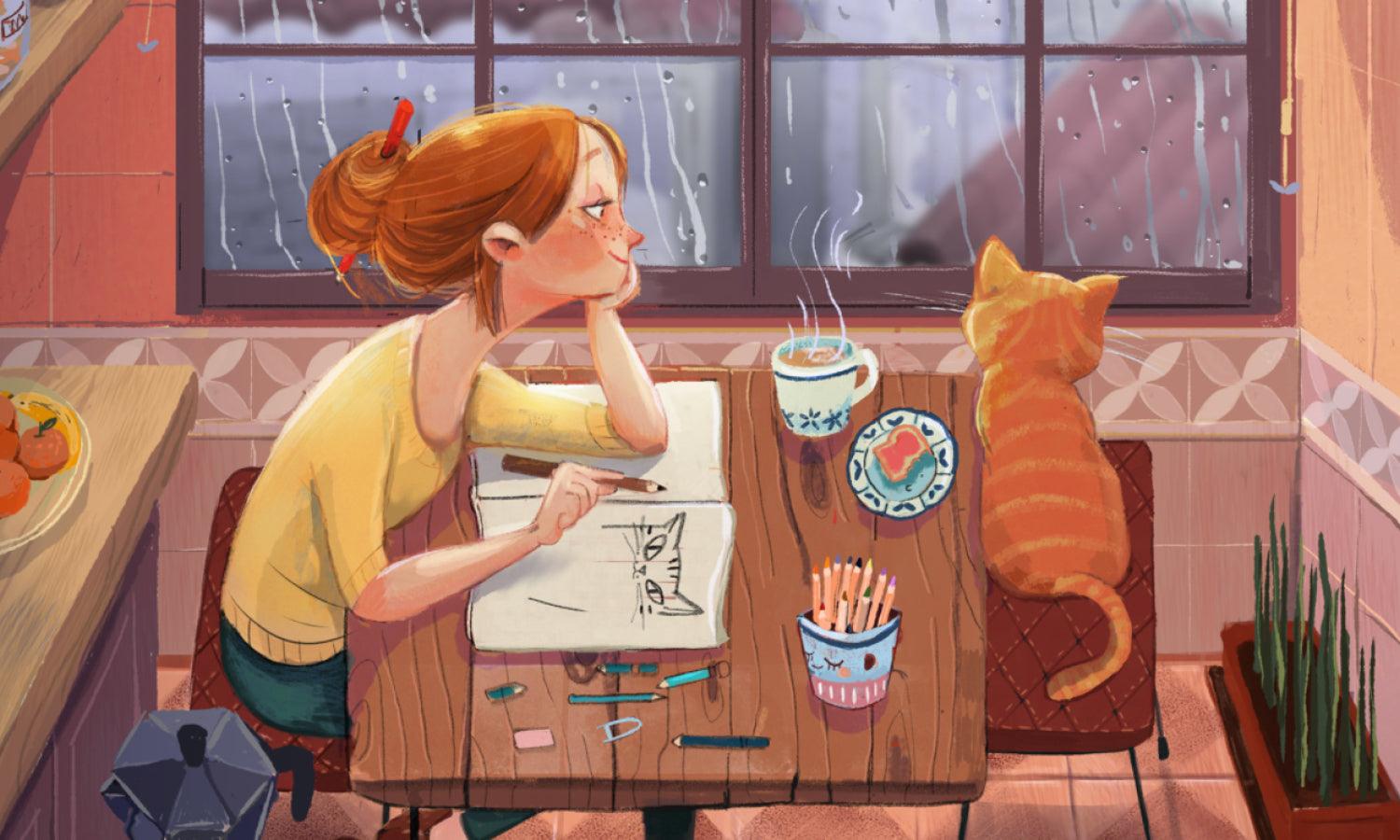
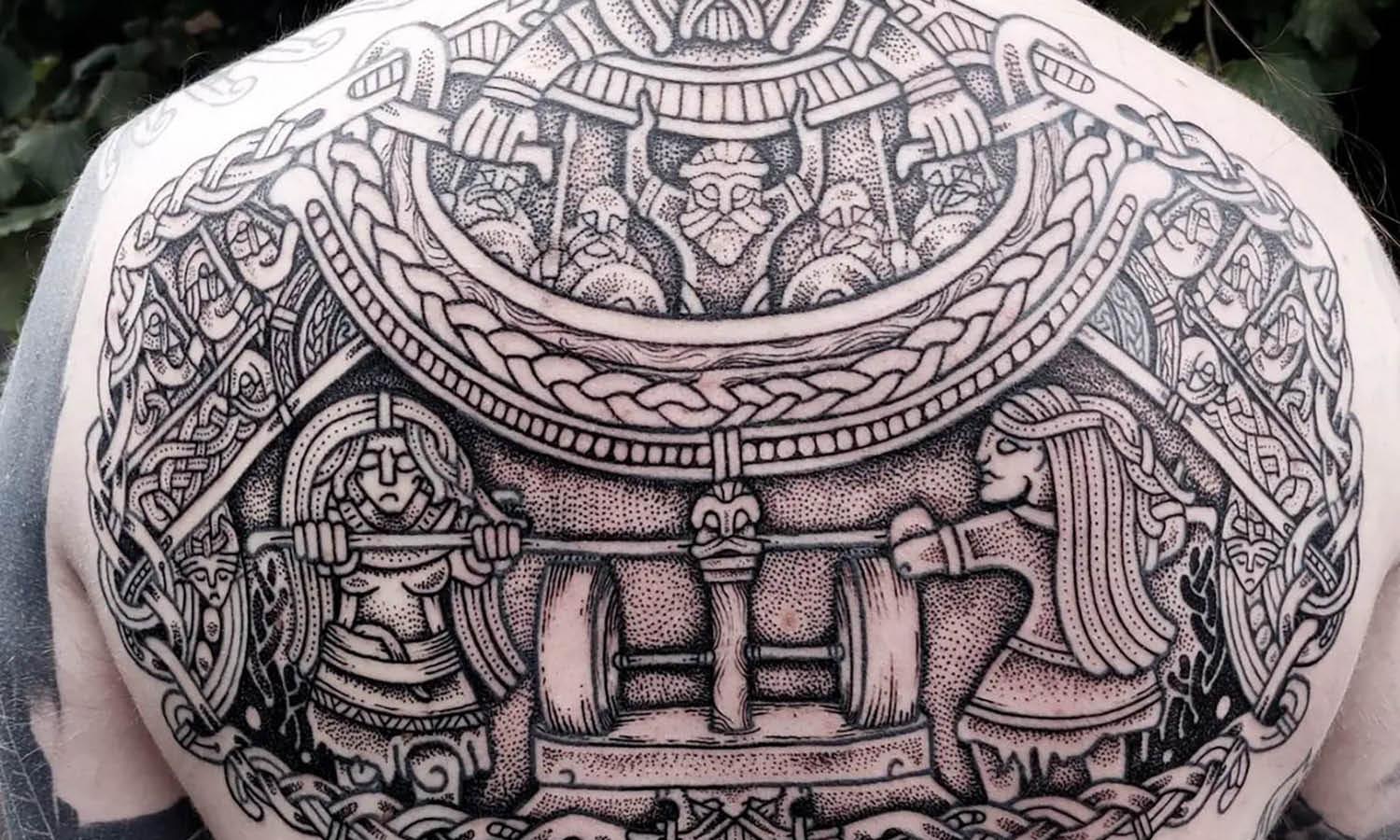
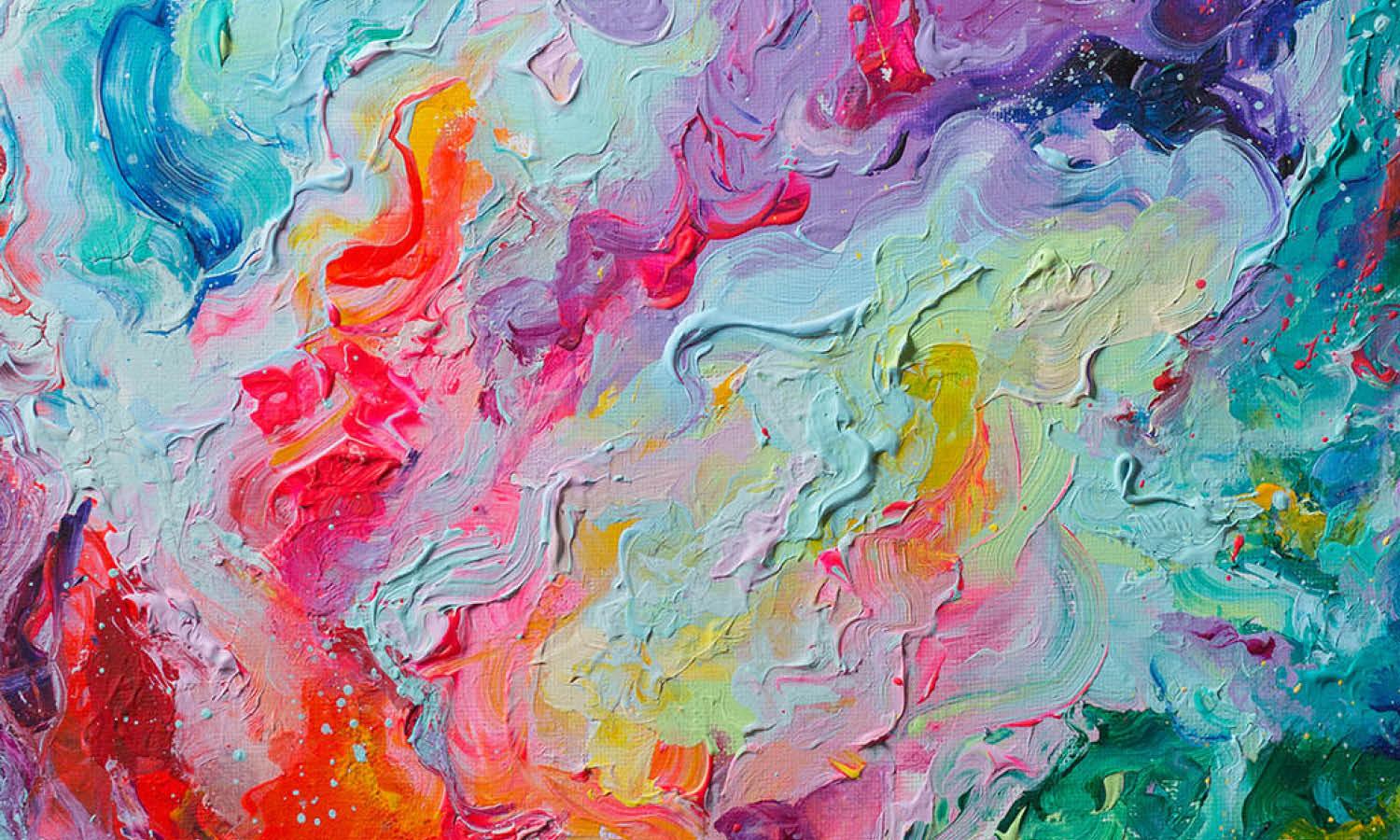
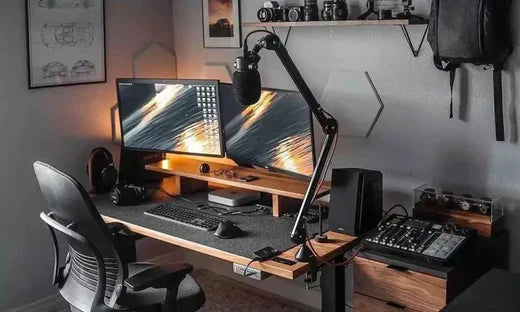


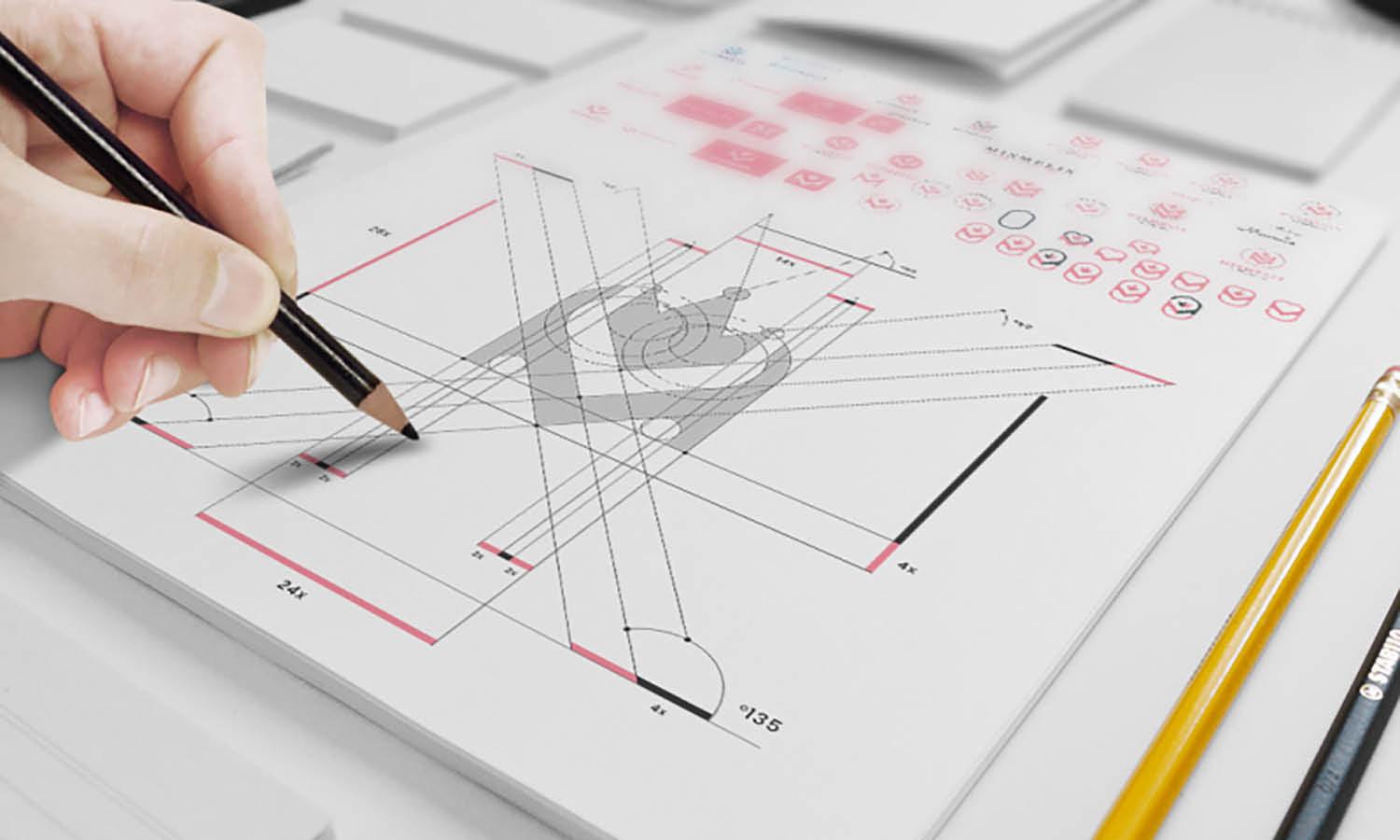
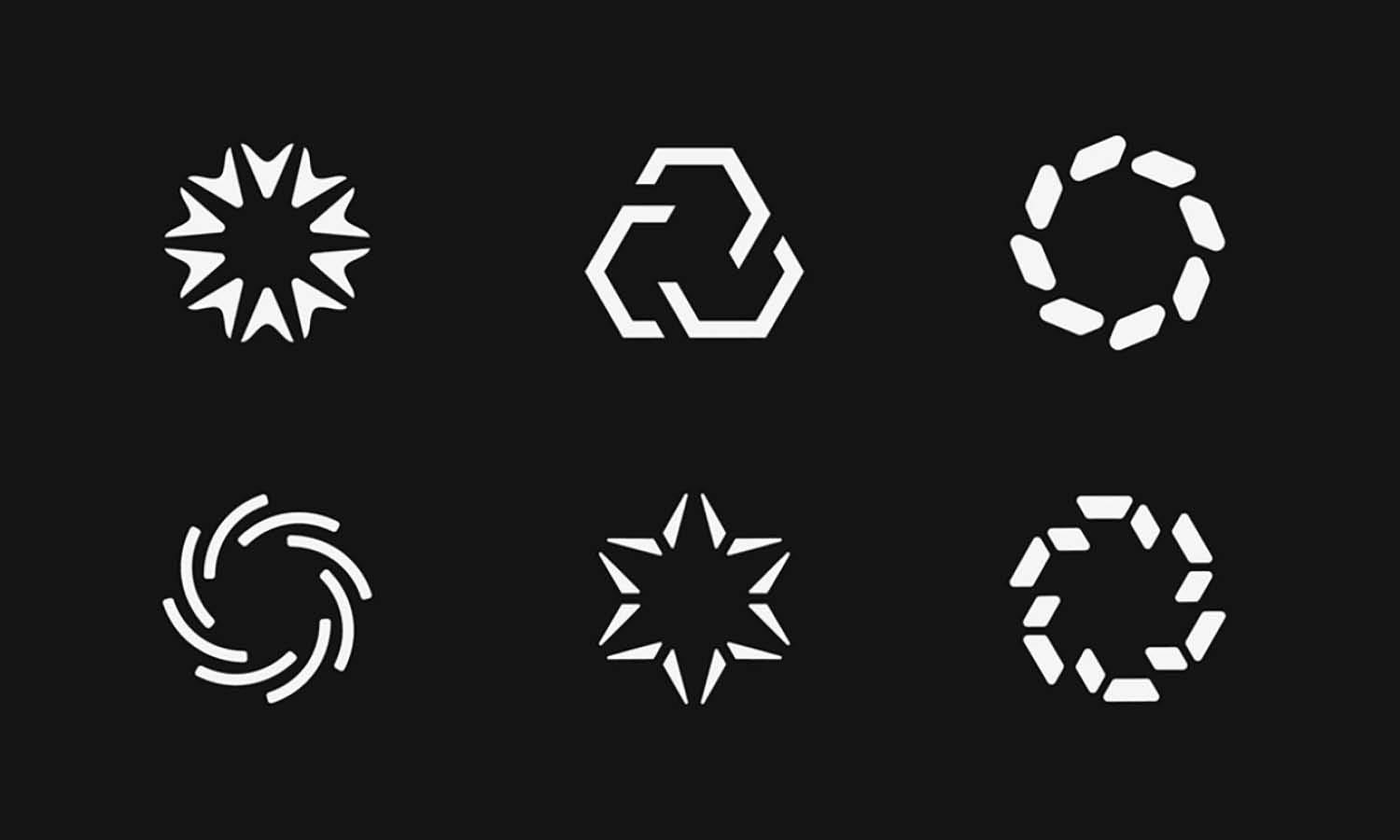






Leave a Comment